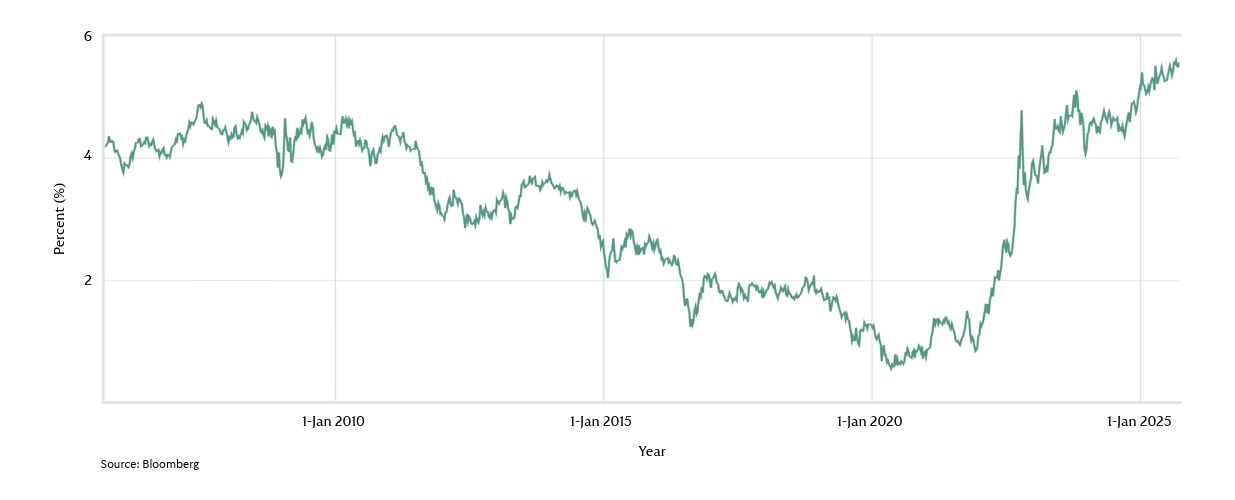Change your business address
If you're a full access user, you can update your business, registered, mailing and personal addresses within Online for Business and the Business banking app.
Explore the causes of the rise in pension risk transfers, and how insurance companies are managing this transition.
Read time: 2 mins Added: 04/11/25

The UK pensions landscape is undergoing a profound transformation. Driven by improved funding positions, regulatory and strategic pressures, as well as macroeconomic volatility, corporates are increasingly de-risking their pension funds. Insurers are well-positioned to take on these pension liabilities.

As corporate pension schemes de-risk through bulk annuity transactions, a substantial volume of assets is being transferred to insurance companies. Insurers operate under regulatory solvency regimes and are subject to stringent capital and risk management requirements. This compels them to prioritise long-duration, high-quality, and highly-predictable cash-flow assets, and insurers' investment priorities are having an impact on financial markets.
In recent years, several macroeconomic forces have converged to accelerate the trend towards pension risk transfer. The sustained rise in nominal interest rates, alongside persistent inflation, has enhanced the funding levels of many defined benefit pension schemes. With improved funding, these schemes find themselves in a position where transferring risk becomes a viable and attractive option.

20yr history of 30y gilt yields, showing a gradual move lower until 2021 when rates started to sharply sell-off.
For insurance companies, this changing dynamic represents both an opportunity and a challenge.
On the one hand, bulk annuity transactions provide insurers access to stable, long-duration liabilities. On the other hand, absorbing such liabilities requires insurers to significantly enhance their risk management capabilities. Traditional investment strategies no longer suffice and today’s landscape demands sophisticated collateral management techniques, improved liquidity strategies, and a refined approach to hedging risk. Corporate Bond-eligible Credit Support Annexes (CSAs) are increasingly being deployed, along with various other contingent-liquidity facilities that help insurers to optimise their collateral arrangements, relieve liquidity stress and boost capital efficiency.
This transformation is most evident in how pension-derived capital is being reallocated. Rather than remaining confined within traditional asset classes, these funds are increasingly directed toward long-term, inflation-linked investments - such as infrastructure projects, renewable energy initiatives, and transport systems - that offer both stability and growth. This realignment not only enhances portfolio diversification but also contributes to the resilience and dynamism of the UK’s broader capital markets ecosystem.
The shift toward pension risk transfer is more than a fleeting market phenomenon - it represents a fundamental restructuring of risk management and investment strategy within the broader financial system. As pension funds increasingly transfer liabilities to insurers through bulk annuity transactions, a new era of institutional finance is emerging, characterised by long-term investments, innovative liquidity and risk management practices, and a reimagined role for insurance companies in capital allocation.
Navigating this transition successfully will require not only adaptive strategies and enhanced capabilities but also a commitment to ongoing research and policy refinement. In an environment marked by both opportunity and risk, the continued evolution of insurers in response to pension de-risking will be key in ensuring long-term market resilience and sustained growth.



For the latest insights follow our dedicated LinkedIn channel for corporates and institutions.